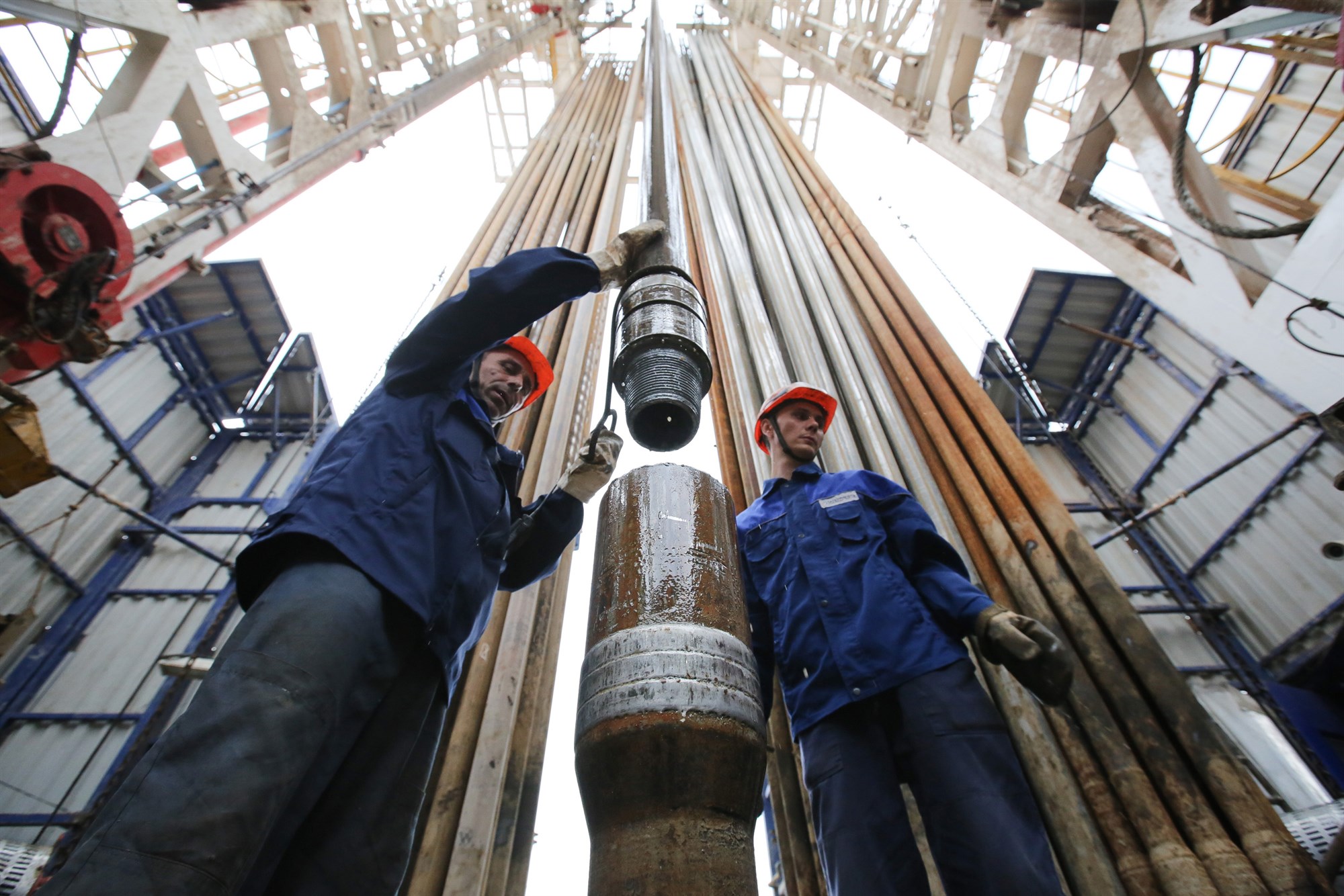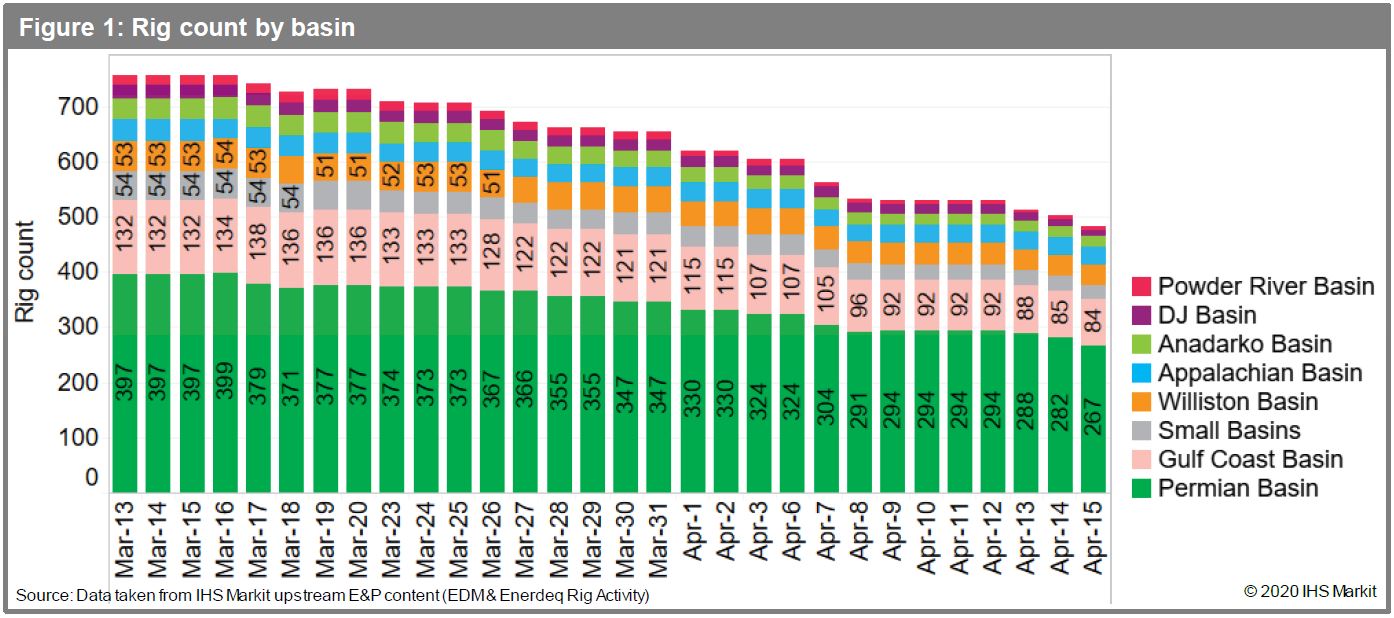Is Negative Oil Price the New Norm?
WTI oil price plunged into negative territory, is this the new norm?


On Monday, WTI oil price under the May contract plunged into negative territory, hitting minus $40. This means that sellers would have to pay someone to take it off their hands. What does this mean for the industry? Will negative prices become the new norm as demand continues to plummet?
Crude Oil Futures
In order to answer questions about the future of oil prices, let’s first look into the reasons why the WTI price dropped that much on Monday.
Oil production companies can sell their commodity both on the spot market or via futures. By securing futures, oil companies ensure that their product will be sold in a given time at a set price. They control their production based on the futures as they know demand for their product.
There are intermediaries who invest in commodity futures contracts. When one trades a futures contract, they must either call or put (investor terms for buy and sell) commodity by the expiration date at the given price. If an investor holds a futures contract at a price of $50, and the actual price is $40, the seller gets $10 credit.
Investors typically aren't interested in taking physical possession of crude oil in any quantities (minimum volume in futures contracts traded at NYMEX is 1,000 barrels). Many traders participate in futures markets without dealing with actual physical delivery. As long as they close out their futures position before the expiration date of the contract, they can experience the same financial gains and losses as other participants from the daily movements of futures prices. If they hold a call, the only way to avoid actually having to take physical delivery of 1,000 barrels of crude oil is to offset the trade before the expiration.
What happened on Monday was traders trying to get rid of futures contracts before their expiration, which would mean the traders had to take possession of the physical crude oil. So, they had to sell these contracts to those who could actually take this oil from them, at any price, just to get rid of the commodity. The biggest consumers are refineries and the contracts for oil traded in the US is for delivery of oil at Cushing, Oklahoma, the most critical storage hub where lots of pipelines converge. These refineries and other consumers did not have enough demand to cover the supply offered by these futures contracts.
Supply and Demand
If oil prices plunged into the negative territory once, it does not mean that it often will be there. Oil is a physical commodity that has a cost associated with its production. Production taps can be closed every time price gets in a dangerous zone. It does not mean negative prices will not happen in the future, they are just less probable.
According to IHS Markit, 274 rigs have been pulled from the field since March 13, with only 482 rigs active in the Lower 48 onshore as of April 16. IHS projects rig counts will continue to plummet to below 200 active rigs during the summer of 2020, with an annual average of 321 for 2020A similar story can be observed in Canada. According to Baker Hughes rig count was 26 as of April 24. Even during spring break-up of the previous years we observed 65-80 rig.

These rig count reductions mean less production in the future. Together with the production cut already taking place in the US and Canadian wells and Oil Sands, the drilling cut will reduce the future oil supply.
Demand for oil has also drastically dropped and is volatile due to COVID-19’s implications. According to the International Energy Agency (IEA), global oil demand is expected to fall by a record 9.3 million barrels per day (mbpd) year-on-year in 2020. Demand in April is estimated to be 29 mb/d, or 30%, lower than a year ago, down to a level last seen in 1995. It’s difficult to predict how much precisely oil companies would be able to cumulatively cut their production to stabilize prices.
Summary
If oil prices got into the negative pricing territory, it does not mean that oil companies are willing to sell their product below zero and this will become the new norm. This might happen in the future, but the reducing production and drilling rig count would offset the 30% drop in the global demand. Also, traders will be more cautious with their bets in this volatile market.